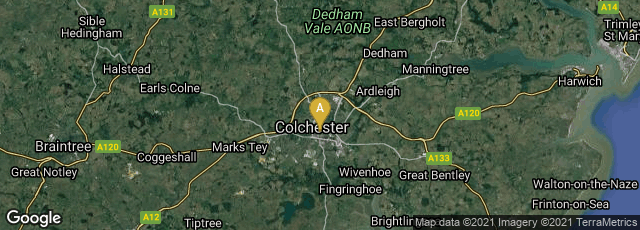Flying shuttle showing metal capped ends, wheels, and a pirn of weft thread.


A: Colchester, England, United Kingdom
In 1733 English inventor John Kay received a patent for a "wheeled shuttle" for the hand loom, which greatly accelerated weaving by allowing the shuttle carrying the weft to be passed through the warp threads faster and over a greater width of cloth. It was designed for the broad loom, for which it greatly reduced labor, as it required only one operator per loom. In the traditional process before Kay's invention a second worker was needed to catch the shuttle. Kay called this invention a "wheeled shuttle", but others used the name "fly-shuttle" (and later, "flying shuttle") because of its continuous speed, especially when a young worker was using it in a narrow loom.
"The shuttle was described as travelling at "a speed which cannot be imagined, so great that the shuttle can only be seen like a tiny cloud which disappears the same instant."[25]
"In July 1733, Kay formed a partnership in Colchester, Essex to begin fly-shuttle manufacturing.[26] No industrial unrest was anticipated, this being the first device of the modern era to significantly enhance productivity.[27] But by September 1733 the Colchester weavers, were so concerned for their livelihoods that they petitioned the King to stop Kay's inventions.[26]
The flying shuttle was to create a particular imbalance by doubling weaving productivity without changing the rate at which thread could be spun,[28] disrupting spinners and weavers alike" (Wikipedia article on John Kay (flying shuttle), accessed 12-2018).